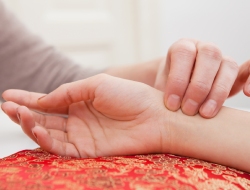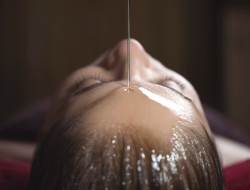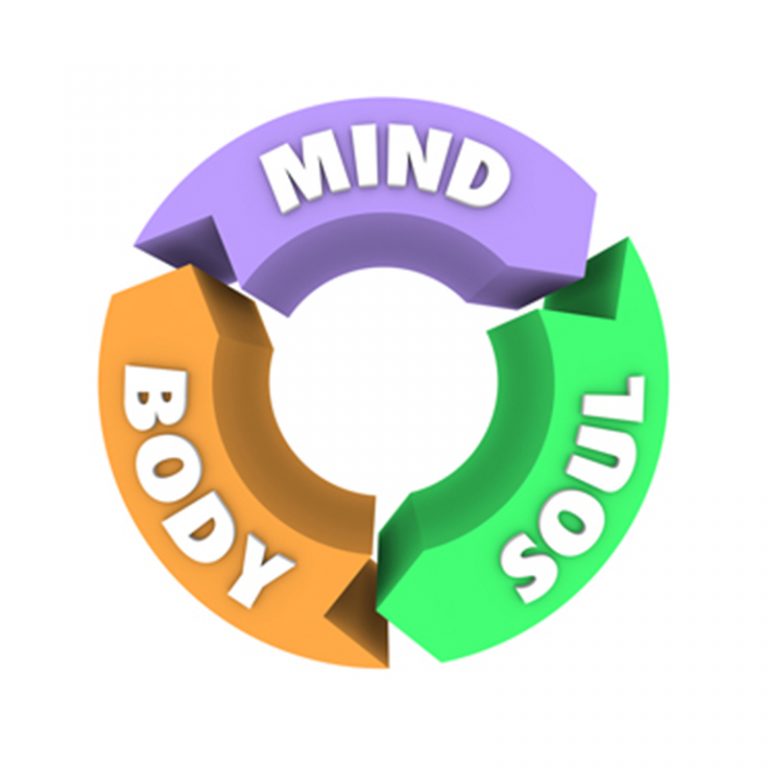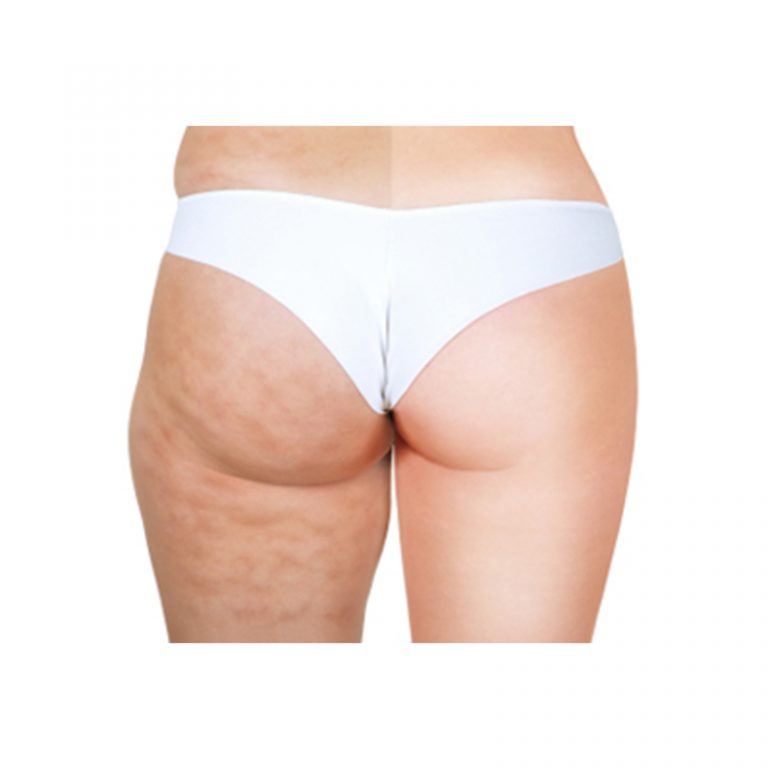Function of Lymphatic System Diseases Drainage Massage
What is the lymphatic system?
The lymphatic system is sometimes referred to as the body’s second circulatory system. It is a network of organs (spleen and thymus), tissues, vessels and nodes. In spite of carrying out a wide variety of functions that are essential to life it has been greatly neglected in most western scientific traditions.
What is the function of Lymphatic System?
The function of lymphatic system acts as a transport medium, both in carrying vital nutrients to every one of the body’s trillions of cells and in carrying away the waste products of metabolism. While the blood is unable to reach every individual cell, being restricted within the network of veins, arteries and capillaries, the lymphatic fluid bathes the tissues like water in a sponge, passing through the cell walls by a process of osmosis. Unlike the blood the lymphatic system has no pump and is therefore largely dependent on bodily movements, breathing and the peristaltic activity of the gut to keep it flowing. This is a remarkable feat, when one considers that the body contains between 6-10 litres of lymph as compared to only 3.5-5 litres of blood.
In addition to transporting essential nutrients, hormones, enzymes and waste products the lymph is also a primary component of the immune system, carrying pathogenic organisms and toxic substances to the lymph nodes where they are killed or neutralised, thereby preventing disease. Yet another vital function is the maintenance of fluid equilibrium within the body. This maintenance of fluid equilibrium within the body, known as homoeostasis, is vital to life and although Ayurveda has never given the process a name it has always been aware of the need for such a balance, and the ways in which it can be assured.
In the absence of a pump it is easy for lymphatic congestion to develop as a result of such factors as poor diet or lack of exercise; people with sedentary occupations are particularly at risk. When fluid accumulates excessively oedema is the ultimate result.
Lymphatic Drainage Massage:
Ayurveda sees such an imbalance as being symptomatic of an excess of Kapha. In such cases the priority for treatment is always the liver but there is also a need to focus on the kidneys with a view to enhancing the removal of fluid. A Kapha reducing diet will be prescribed. Certain yogic exercises such as forward bending (Paschimottanasana), Hasta-Urddhwasana, Indian Push-Ups, and the Locust Posture can be extremely effective. Ayurvedic treatment also offers lymphatic drainage massage with selected oils to activate the lymphatic flow and to detoxify by absorption, preventing the accumulation of mucus. In certain cases the thyroid is also in need of treatment as hypofunction of the gland will be a major factor in slowing down the metabolism which causes a heavy, sluggish feeling.
It is Important to be aware of the most common symptoms of lymphatic system diseases so that appropriate treatment can be undertaken at an early stage. A weakened lymphatic system can be indicated by constant tiredness, constipation, premature aging, allergies, cellulite, puffiness, spots, low immunity and sinusitis treatment.
If you have lymphatic system health concerns then call Yatan Holistic Ayurvedic Centre on 1300552260 for a free 10 minute consultation.
Read our Next Blog on : Understanding Lymphatic Cancer

*Discover holistic healing with a complimentary phone or video consultation from our expert Ayurvedic practitioner. Start your path to better health today!*























